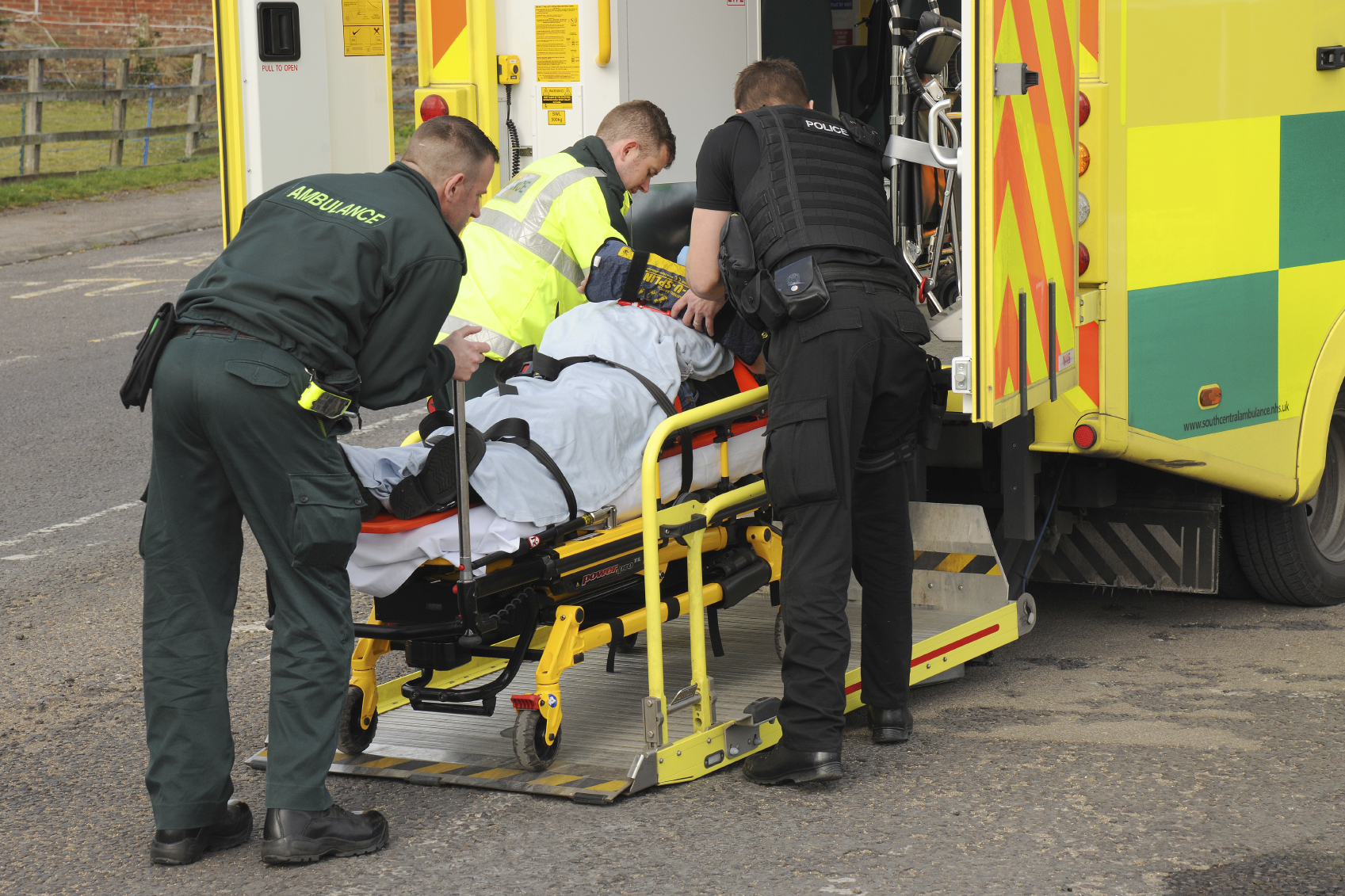
Paramedics had to treat around 12,000 people who were so intoxicated it was noted on Scottish Ambulance Service systems in the six months to the end of September.
Statistics show alcohol has been recorded as an additional factor and not the primary reason for the call-out during around 90,000 incidents since 2012.
It comes after a survey published last month revealed alcohol is a factor in more than half of all call-outs ambulance staff deal with at weekends.
Furthermore, drink was also involved in 42% of incidents on weekday evenings and one in six during weekdays, according to the Scottish Ambulance Service report looking at the impact of alcohol misuse on front line staff including crews and emergency call-takers.
The latest figures, released by the Scottish Conservatives following a freedom of information request, show Scotland’s largest health board, NHS Greater Glasgow and Clyde, had the highest number of alcohol-related 999 call-outs in the last six months at 3,849, followed by NHS Lothian with 1,935 and NHS Lanarkshire with 1,470.
Tory health spokesman Jackson Carlaw said the statistics highlight how “deep-rooted and complex” a problem alcohol is in Scottish society.
“And not only is it harming those who are over consuming, but it is diverting scarce resources away from those whose need was not so avoidable,” he said.
“Of course the Scottish Government and NHS can always do more to discourage reckless patterns of drinking and provide more help for paramedics who have to repeatedly go into these challenging situations – often several times each shift.
“But ultimately this is a case of personal responsibility, and that’s where the real change has to come from.”
A Scottish Ambulance Service spokesman said alcohol has a “significant impact” on operations across Scotland.
He added: “Our teams worked tirelessly to respond to significant increases in demand over the festive period, which was largely driven by alcohol.
“They are highly trained professionals who are frustrated by the amount of time they spend looking after patients who are simply intoxicated.
“Our staff should not have to fear for their own safety when responding to patients but alcohol is often a key factor in assaults. Assaults or threatening behaviour are reported to the police and support and counselling services are available to staff.”
READ MORE:
Ambulance crisis: 999 call handler’s letter reveals staff are at breaking point

Enjoy the convenience of having The Sunday Post delivered as a digital ePaper straight to your smartphone, tablet or computer.
Subscribe for only £5.49 a month and enjoy all the benefits of the printed paper as a digital replica.
Subscribe